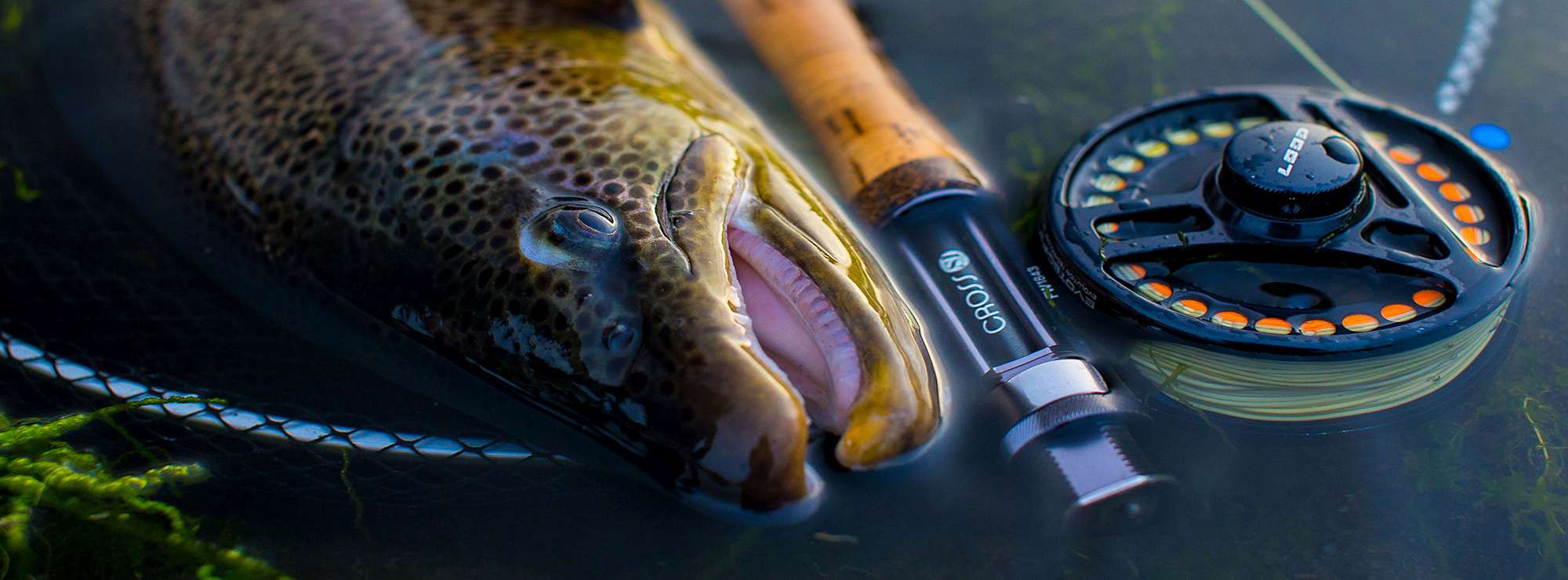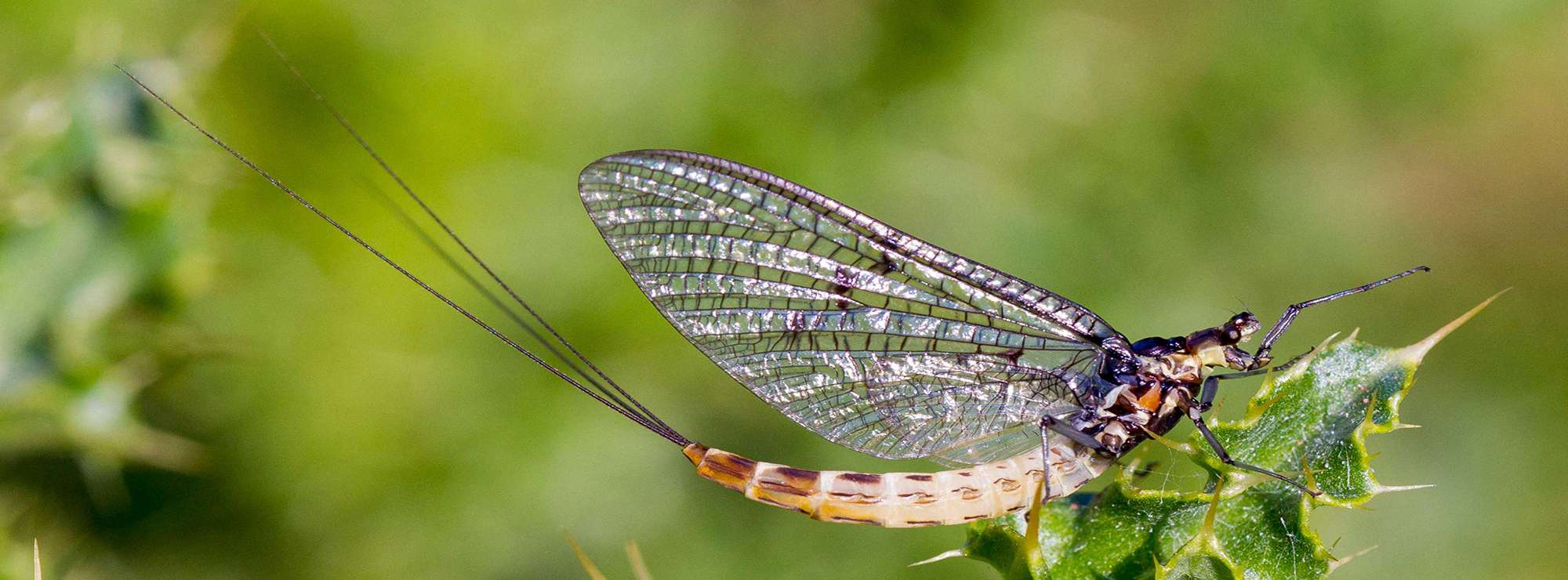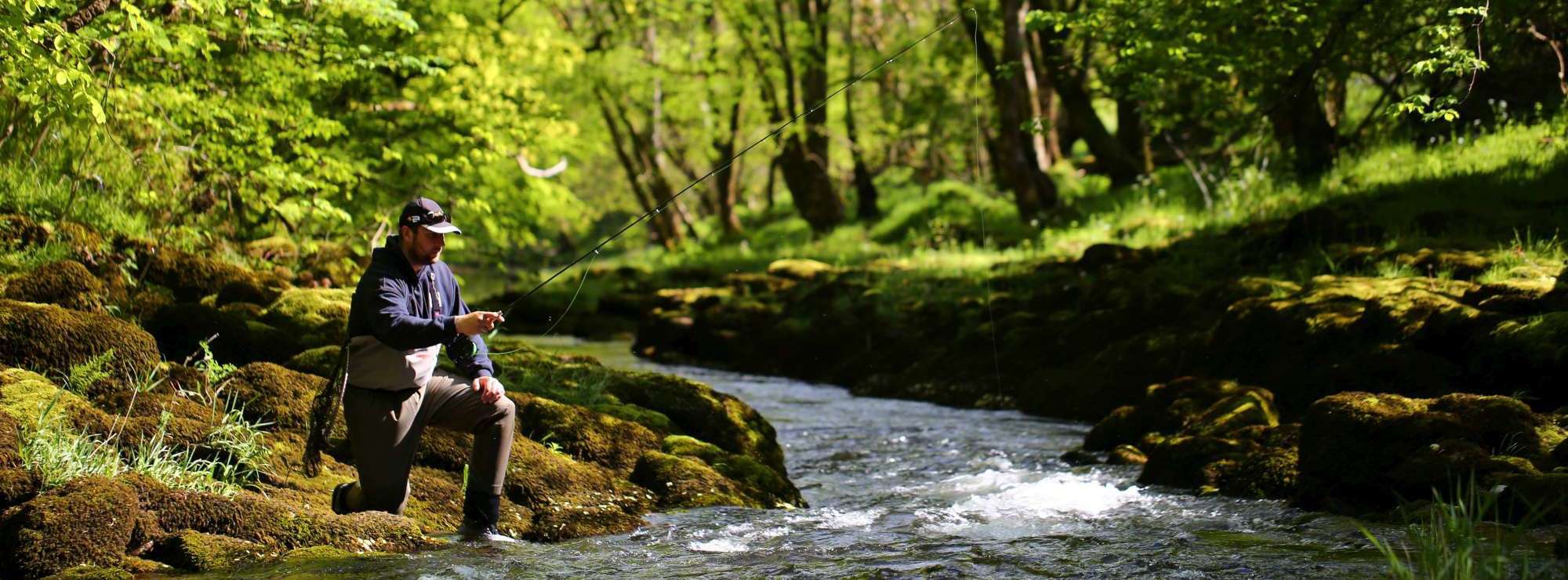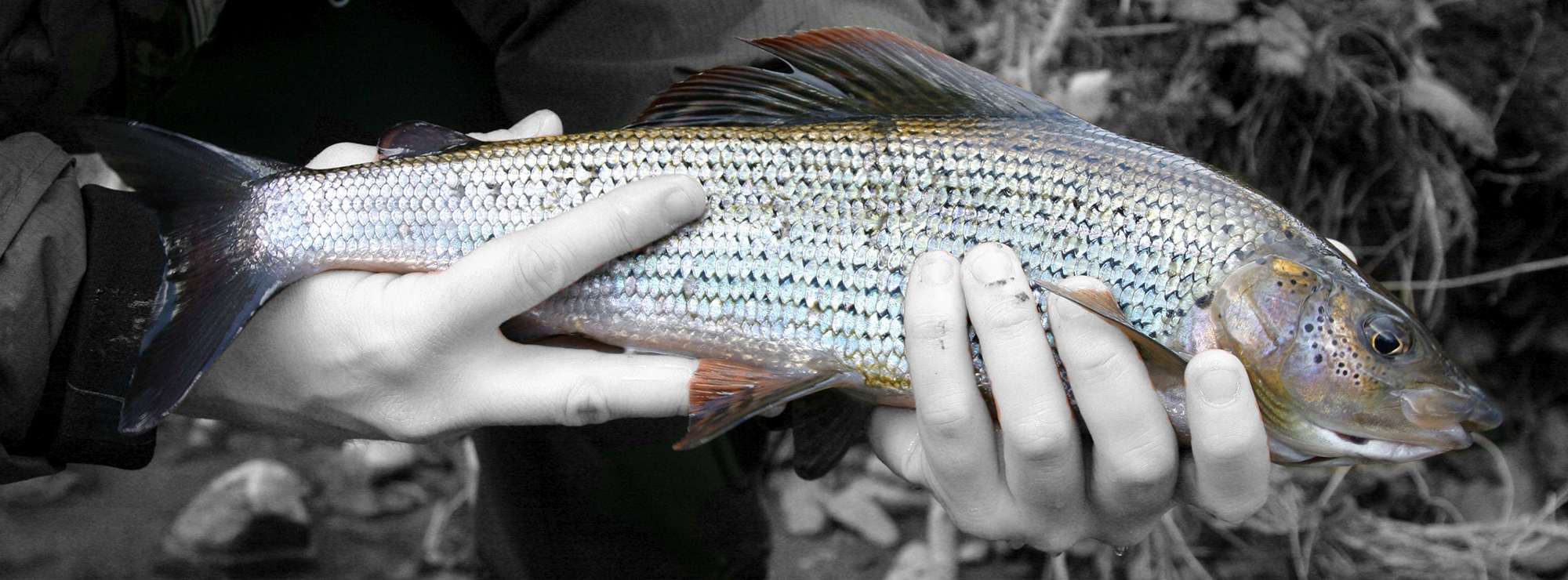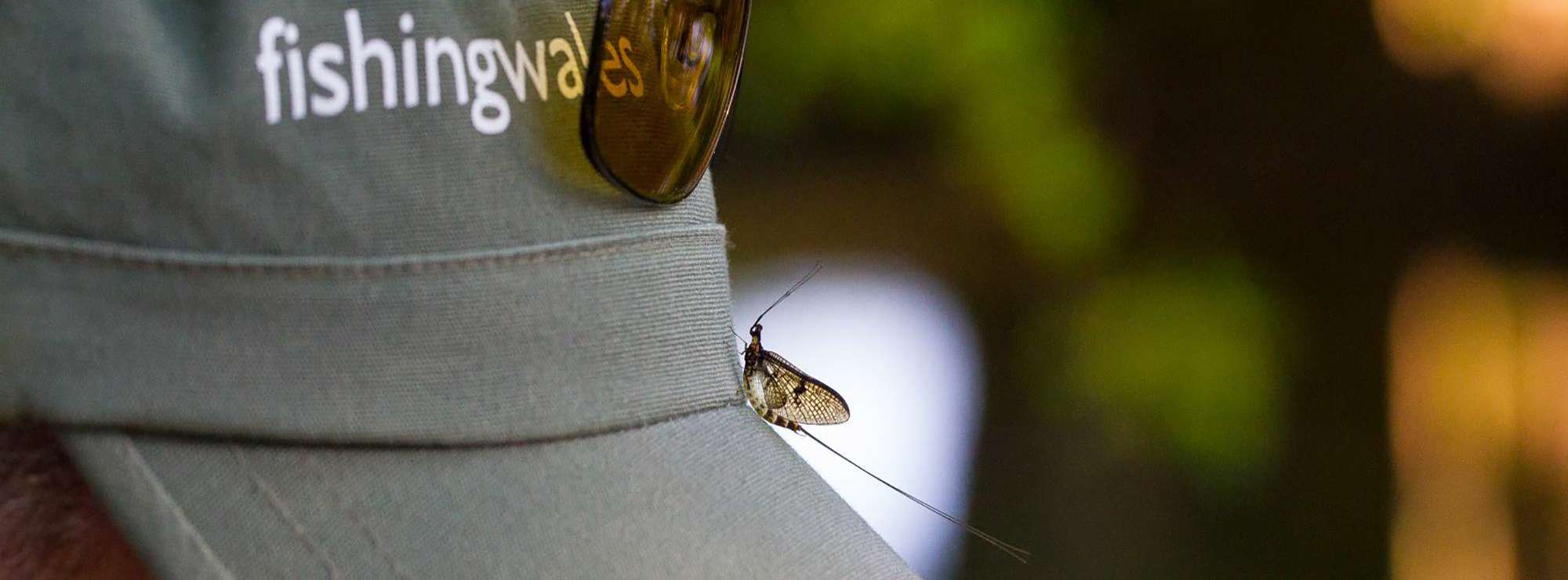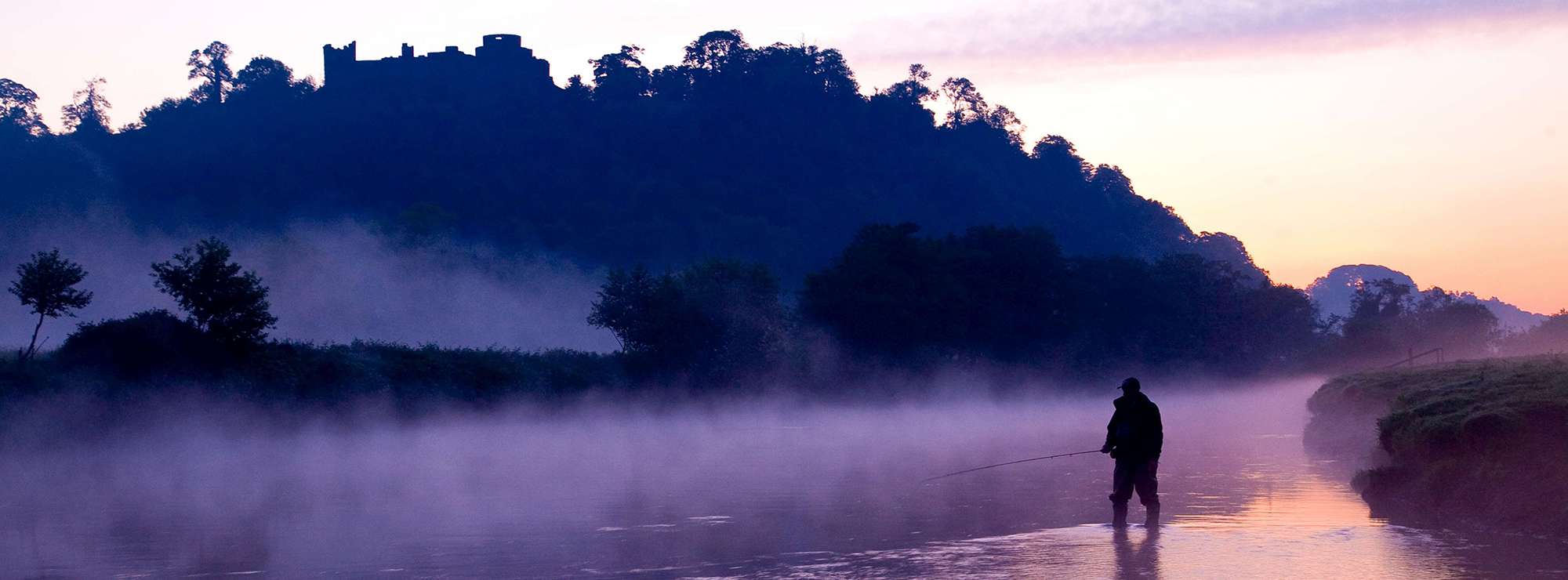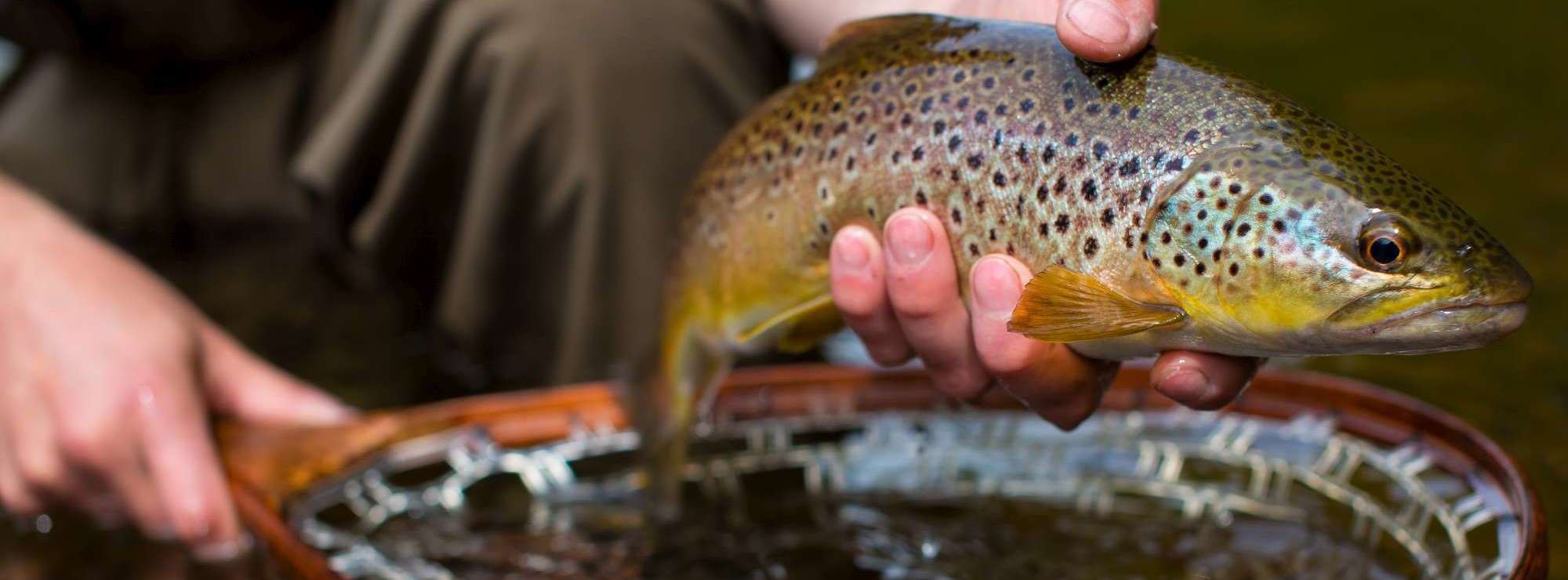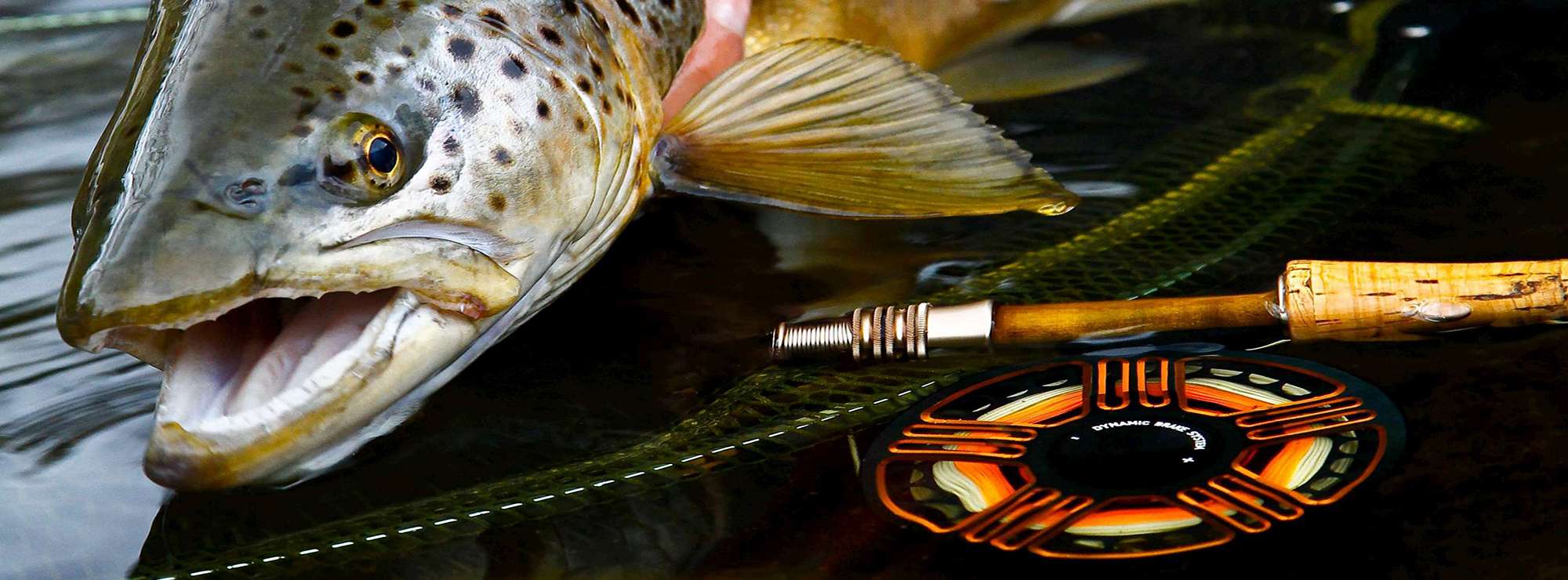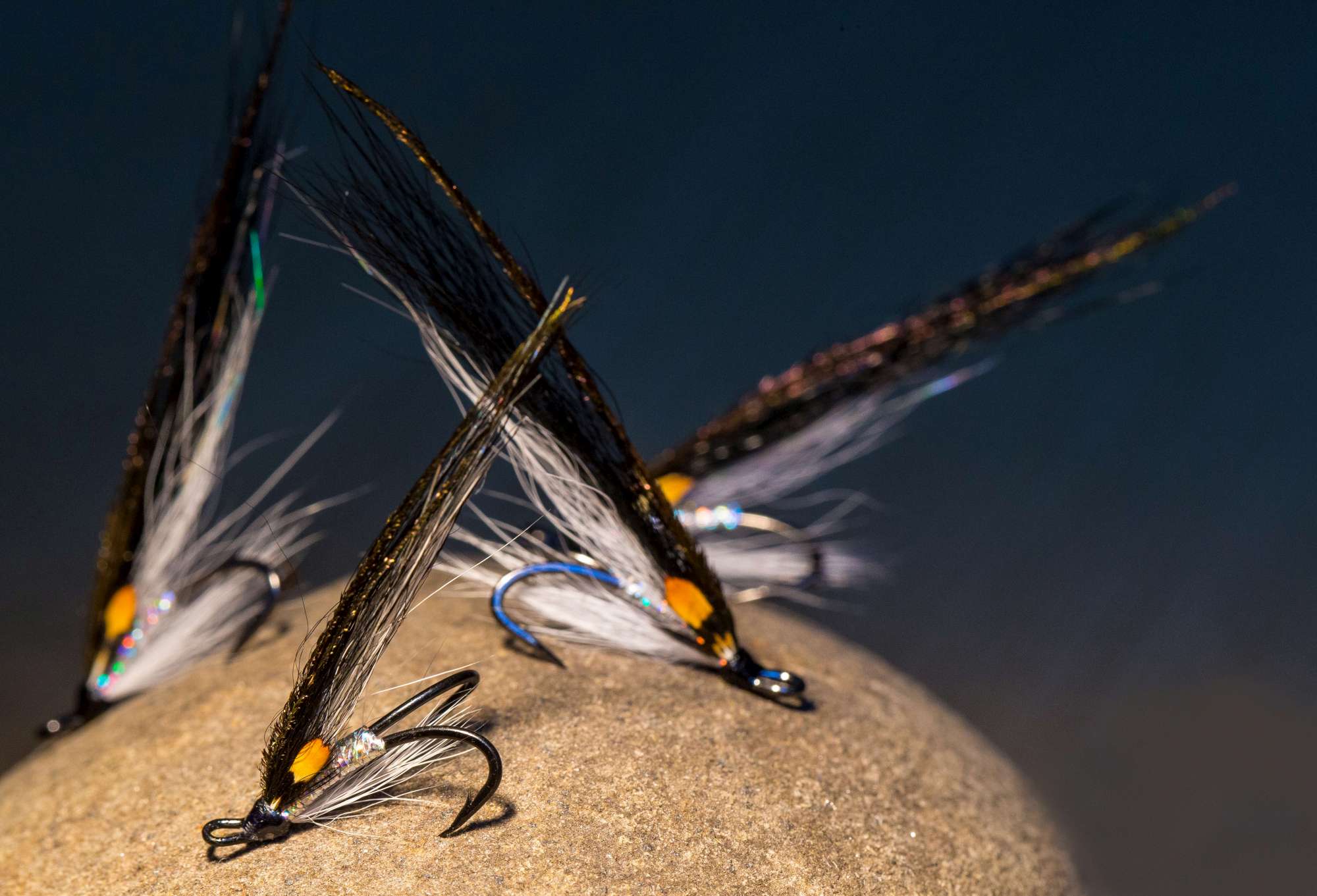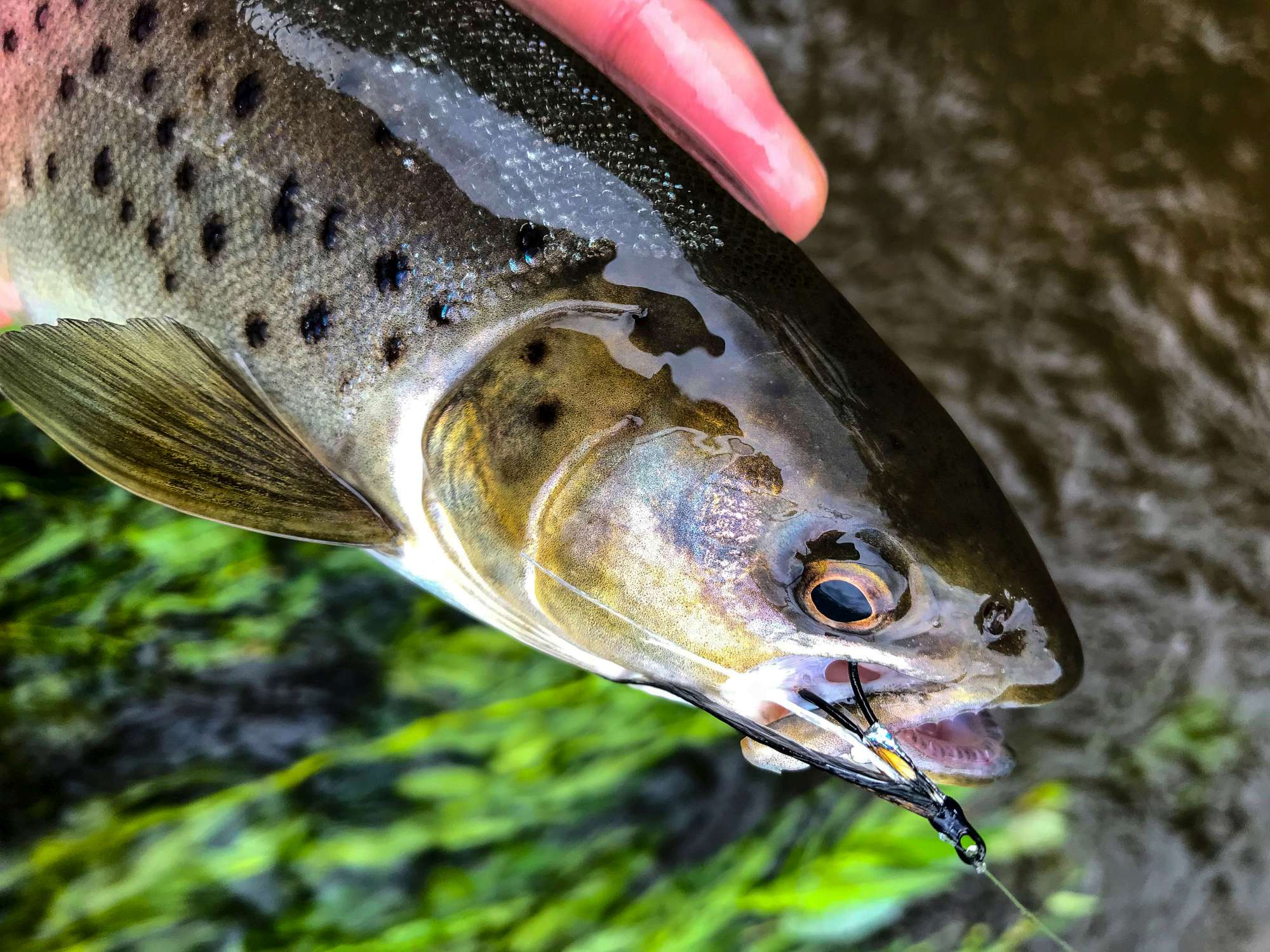The Sunray Shadow; versatility and simplicity personified (by Steffan Jones)
The sunray shadow is an immensely useful and versatile fly, often provoking a reaction when nothing else will. It can work throughout the season and under almost all river levels and conditions.
They work well for salmon, of course, but also work extremely well for sea trout, becoming a ‘must-have’ pattern on the likes of the Rio Grande in Argentina but also on rivers closer to home. Brown trout will often attack them too, provoking a cannibalistic reaction from fish of all sizes.
They are, as a rule, easy to dress. Indeed, in the most simplistic form they can literally be a stack of black fur over white fur! However, as a rule we are content with something a little more aesthetically pleasing, which is often when and why patterns evolve from their original state.
A myriad of different dressings exist for the pattern and no doubt it has ‘evolved’ over the years to suit certain situations, different imaginations or even access to materials. The following is my interpretation and has served me well when dressing smaller sizes and, in particular, when dressing onto hooks rather than tubes.
TYING INGREDIENTS
Hook: Partridge Patriot up eye double – sizes 6-14
Body: Silver holographic flat braid tinsel. Place some superglue on the thread base before wrapping over the braid. This will help protect the body from unravelling.
False Hackle: White arctic runner – loose/fine underfur removed
Wing 1: White arctic runner – loose/fine underfur removed. To stop the wing wrapping around the hook, you may also support this finer fur with a few white bucktail fibres if you wish.
Wing 2: Silver holographic lite brite
Wing 3: Black arctic fox – loose/fine underfur removed. Or, my personal favourite, especially for smaller sunrays, is American opossum. Draw out some tips before tying in, which will help taper the wing.
Wing 4: 3-4 peacock herl tips
Cheeks: Jungle cock – optional
Do dress them in different lengths, and vary the one being fished according to colour and water temperature. Don’t be afraid to fish them from 1 inch long through to 8-10 inches on tube versions. Do also make some with a gold body and gold lite brite underwing, then replace the white arctic runner with yellow or chartreuse, this can be a great pattern, especially in coloured/peat-stained water.
Tight lines!

